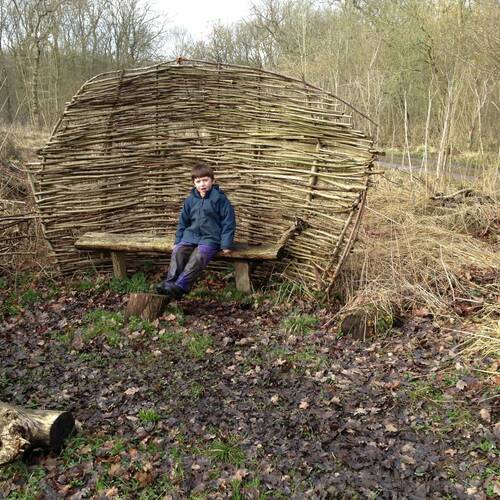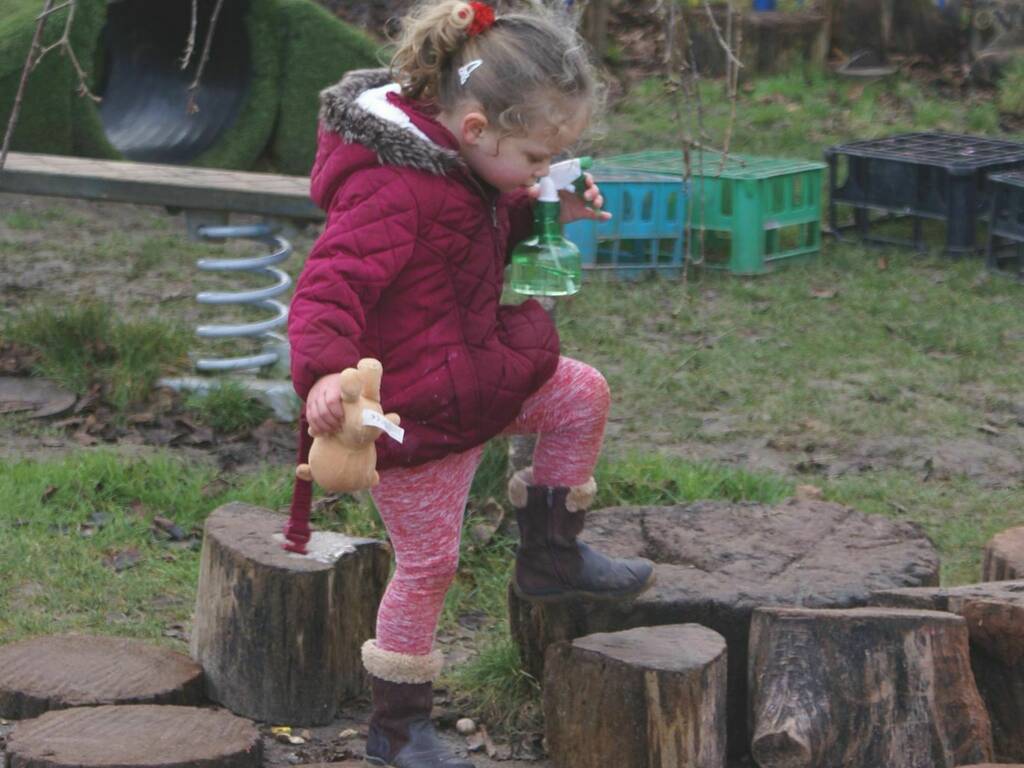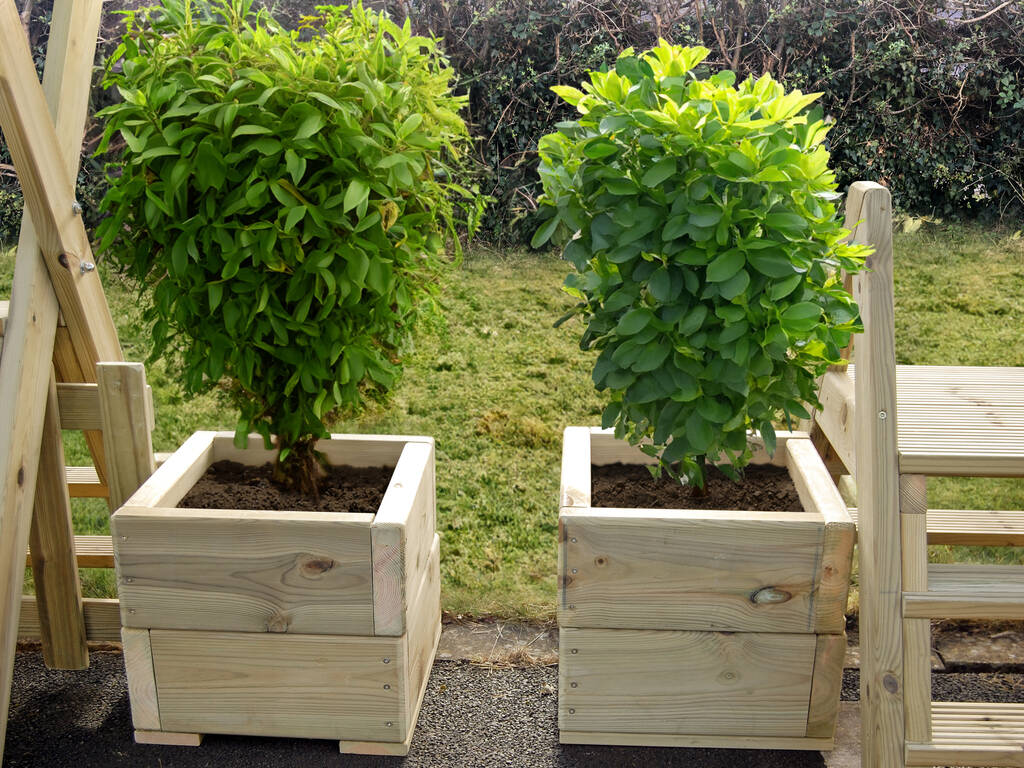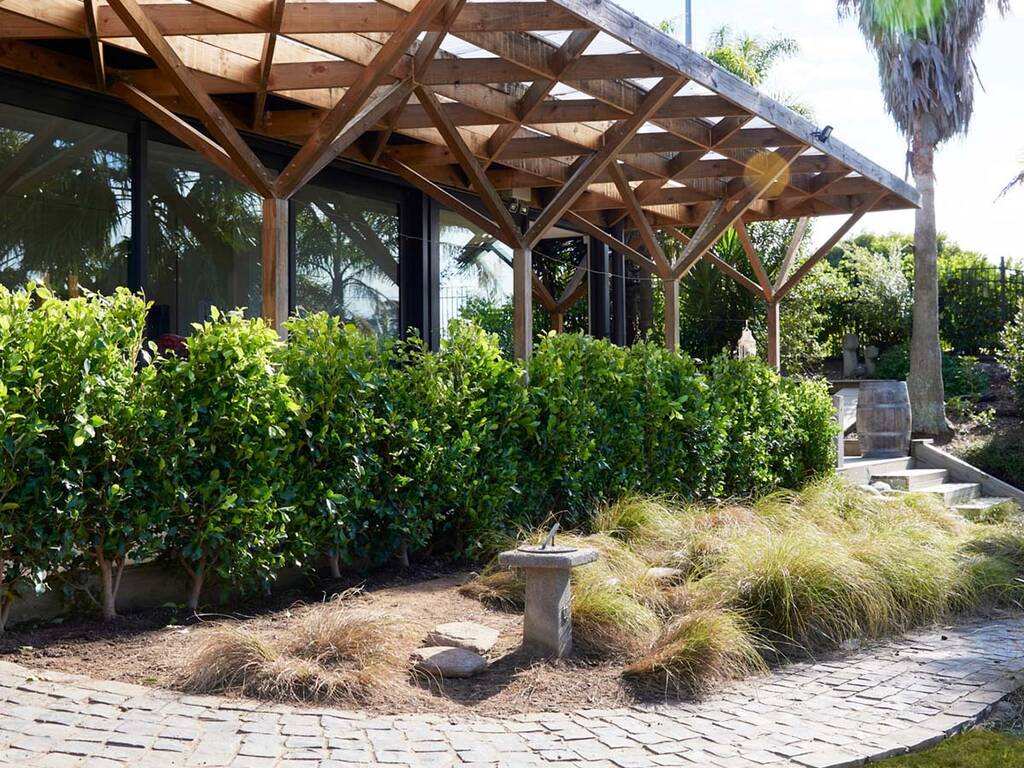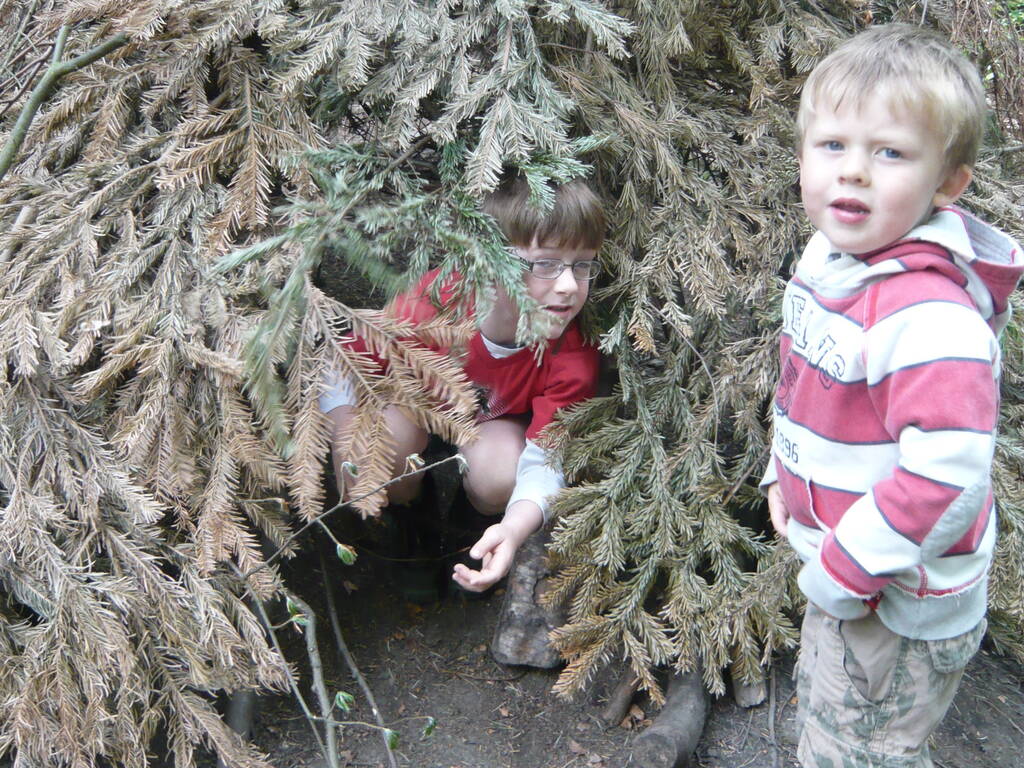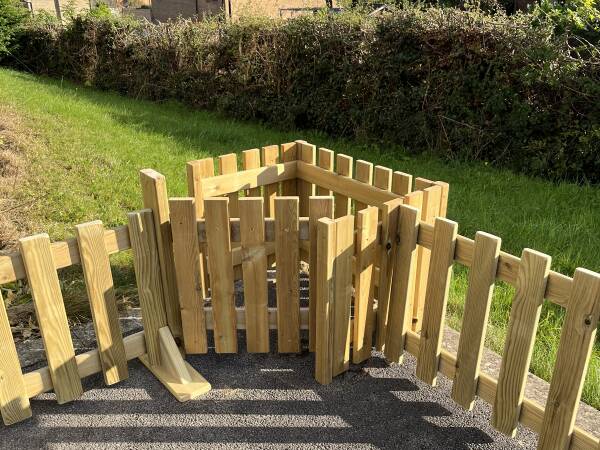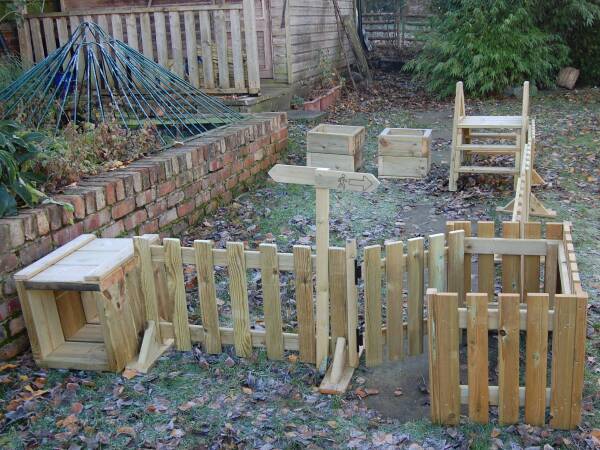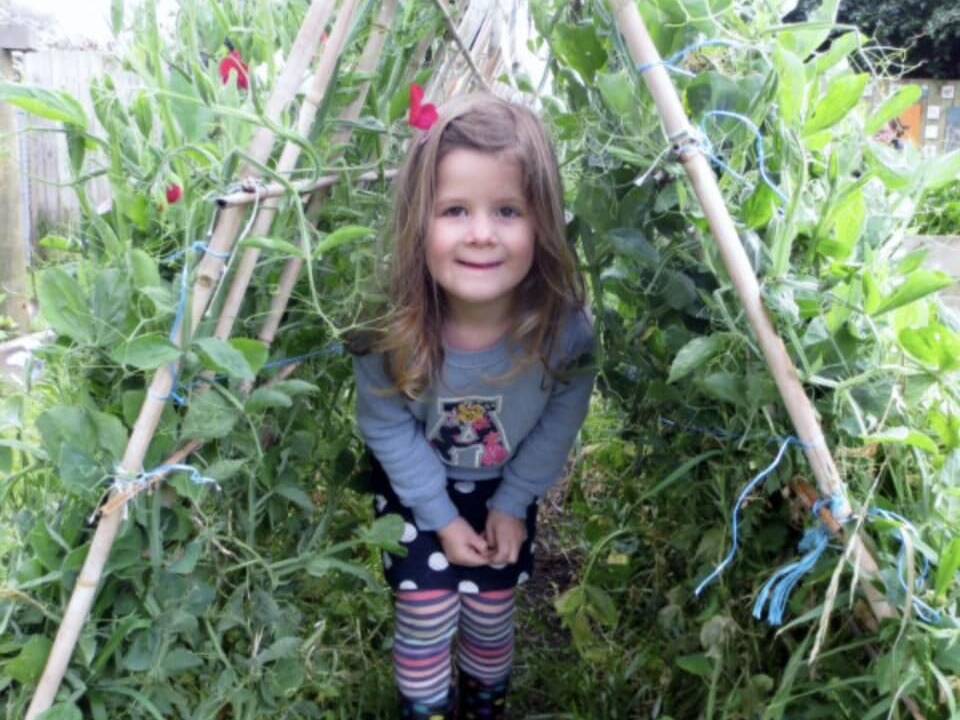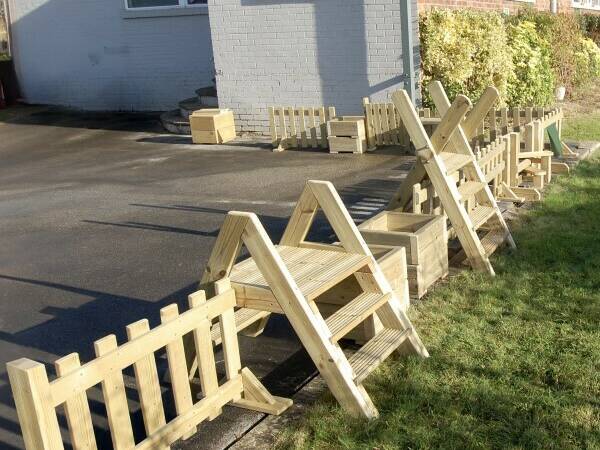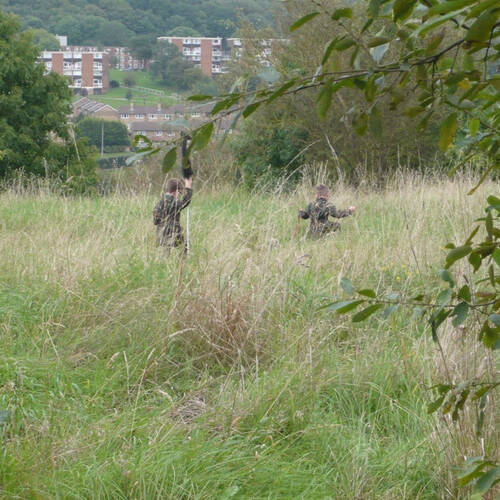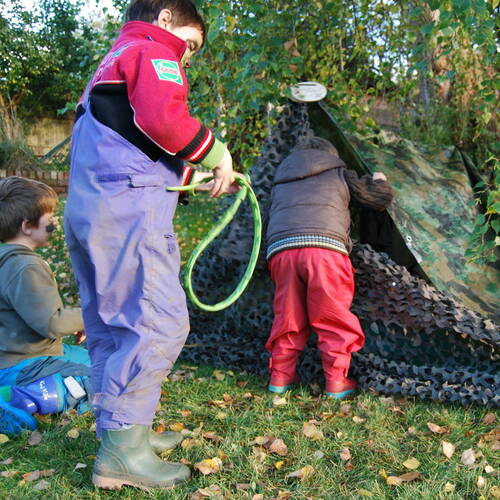The importance of boundaries
No boundaries, or the absence of clear boundaries, can result in a chaotic play space, offering little respite for children who prefer a quieter corner to engage in calm time or imaginative games. This lack of demarcation can lead to confusion and unhelpful overlapping of high-energy activities, potentially hindering the overall play experience.
Restrictive boundaries on the other hand, have the opposite effect. They constrain areas to such an extent that opportunities to engage in child-initiated imaginative play and chances to move between different spaces are actively curtailed due to limited options for mobility.
Active boundaries are designed for going over, under and through; offering a range of methods to signal and encourage children to transition from one space to another. Effective active boundaries not only facilitate physical movement but also engage with the child on different emotional levels, promoting interactive and dynamic play experiences.
